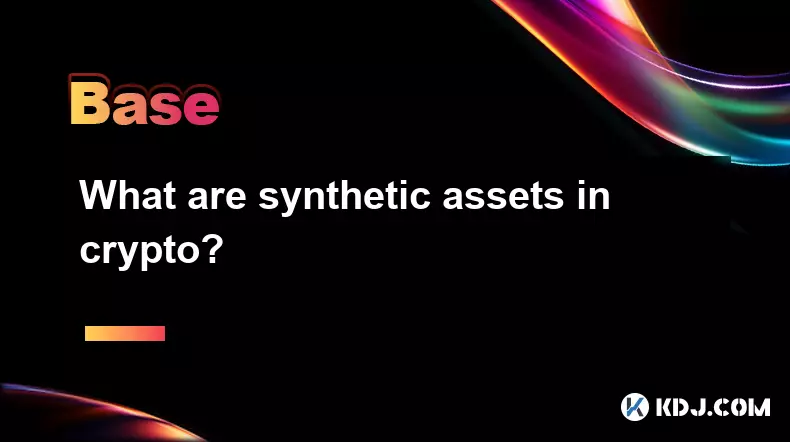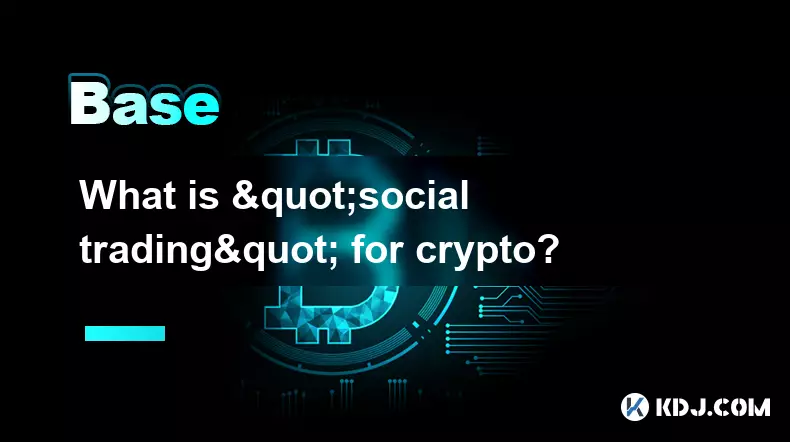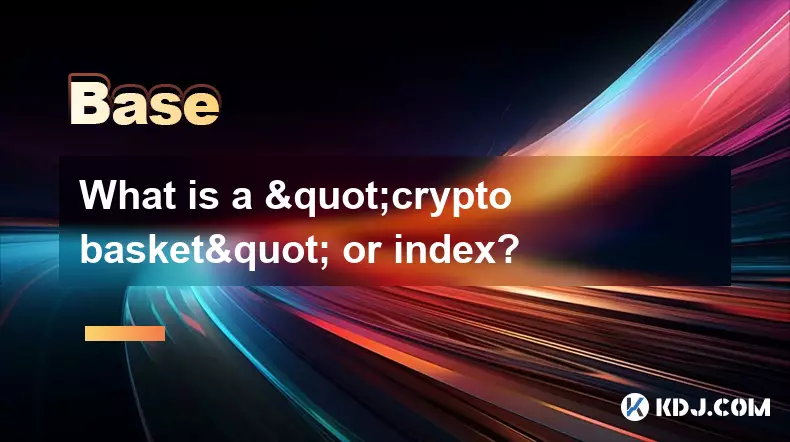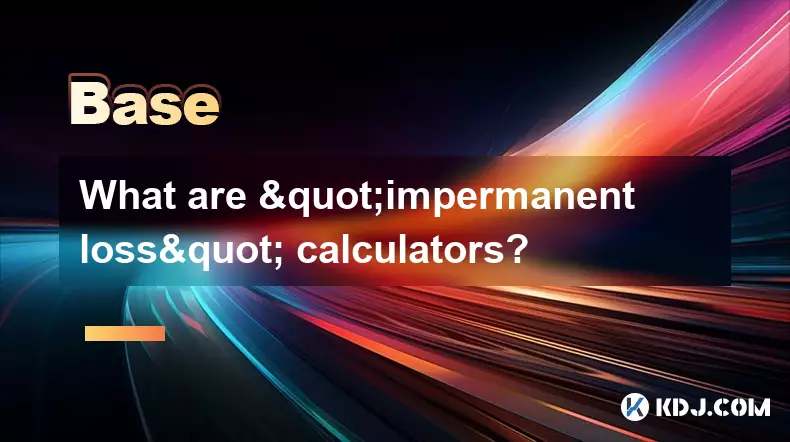-
 Bitcoin
Bitcoin $112100
0.77% -
 Ethereum
Ethereum $4474
3.78% -
 XRP
XRP $2.851
0.46% -
 Tether USDt
Tether USDt $1.000
0.01% -
 BNB
BNB $856.0
0.45% -
 Solana
Solana $209.3
1.04% -
 USDC
USDC $0.9998
-0.02% -
 Dogecoin
Dogecoin $0.2216
3.68% -
 TRON
TRON $0.3420
1.19% -
 Cardano
Cardano $0.8415
1.56% -
 Chainlink
Chainlink $23.79
1.74% -
 Hyperliquid
Hyperliquid $46.03
3.38% -
 Ethena USDe
Ethena USDe $1.001
0.04% -
 Sui
Sui $3.399
2.98% -
 Bitcoin Cash
Bitcoin Cash $599.8
3.03% -
 Stellar
Stellar $0.3628
-0.44% -
 Avalanche
Avalanche $25.24
4.29% -
 Cronos
Cronos $0.2809
9.58% -
 Hedera
Hedera $0.2203
0.68% -
 UNUS SED LEO
UNUS SED LEO $9.526
-0.04% -
 Litecoin
Litecoin $112.7
0.88% -
 Toncoin
Toncoin $3.188
0.41% -
 Shiba Inu
Shiba Inu $0.00001253
0.80% -
 Polkadot
Polkadot $3.891
2.61% -
 Uniswap
Uniswap $9.732
2.10% -
 Bitget Token
Bitget Token $4.971
-2.70% -
 Dai
Dai $0.0000
0.01% -
 World Liberty Financial
World Liberty Financial $0.2148
-8.62% -
 Aave
Aave $327.8
3.77% -
 Monero
Monero $270.0
1.47%
What are synthetic assets in crypto?
Liquidity pools enable DeFi trading via automated market-making, where providers earn fees but face impermanent loss due to price volatility.
Sep 04, 2025 at 01:18 pm

Understanding the Role of Liquidity Pools in Decentralized Finance
1. Liquidity pools are foundational components of decentralized exchanges (DEXs), enabling users to trade tokens without relying on traditional order books. Instead of matching buyers and sellers directly, these pools use smart contracts to hold reserves of two or more tokens, allowing automated market-making through algorithms.
2. Participants known as liquidity providers (LPs) deposit an equivalent value of two tokens into a pool and receive LP tokens in return, representing their share of the pool. These providers earn a portion of the trading fees generated from swaps that occur within the pool, incentivizing them to contribute assets.
3. The pricing within a liquidity pool is determined by a mathematical formula, commonly the constant product formula x * y = k, where x and y represent the quantities of the two tokens. This mechanism automatically adjusts prices based on supply and demand dynamics as trades take place.
4. Impermanent loss is a key risk for liquidity providers. When the price of deposited tokens changes relative to external markets, LPs may end up with less value than if they had simply held the assets. This loss is 'impermanent' because it only becomes realized if the provider withdraws during a price divergence.
5. Despite the risks, liquidity pools have fueled the rapid growth of DeFi by enabling permissionless trading, yield farming, and innovative token distribution models. Protocols like Uniswap, SushiSwap, and Curve rely heavily on these pools to maintain efficient markets across thousands of token pairs.
Tokenomics and Its Influence on Market Behavior
1. Tokenomics refers to the economic structure behind a cryptocurrency, including supply distribution, inflation rates, utility, and governance mechanisms. A well-designed token model can drive user adoption, secure network participation, and maintain long-term value stability.
2. Fixed versus elastic supply models play a crucial role in shaping investor expectations. Cryptocurrencies like Bitcoin have a capped supply, creating scarcity, while others use algorithmic adjustments to expand or contract supply based on demand, aiming to stabilize price.
3. Vesting schedules and emission curves determine how tokens are released over time. Premature dumping by early investors or team members can destabilize prices, making transparent and gradual release strategies essential for market confidence.
4. Utility drives demand. Tokens that grant access to platform features, voting rights, or revenue-sharing mechanisms tend to maintain stronger value propositions. For example, holding a protocol’s token might reduce transaction fees or allow participation in governance proposals.
5. Incentive alignment is central to sustainable tokenomics. When developers, users, and investors benefit from network growth in a balanced way, the ecosystem becomes more resilient against speculative bubbles and exploitation.
Rise of Layer 2 Solutions and Scalability Innovations
1. As Ethereum and other blockchain networks face congestion and high gas fees, Layer 2 solutions have emerged to enhance scalability without compromising security. These off-chain protocols process transactions separately and later settle them on the main chain.
2. Rollups, particularly Optimistic and Zero-Knowledge (ZK) Rollups, are leading the charge. They bundle multiple transactions into a single proof, reducing data load on the base layer. ZK-Rollups offer near-instant finality and stronger privacy guarantees due to cryptographic proofs.
3. Projects like Arbitrum, Optimism, and zkSync have gained significant traction, hosting billions of dollars in total value locked (TVL). Their success demonstrates strong demand for faster and cheaper transactions, especially for decentralized applications and NFT marketplaces.
4. Bridging assets between Layer 1 and Layer 2 introduces new complexities around security and trust assumptions. Users must rely on bridge operators or decentralized relayers, some of which have been targeted by hackers in high-profile exploits.
5. Interoperability between different Layer 2 networks is still evolving. Emerging standards aim to enable seamless asset and data transfer across rollups and sidechains, reducing fragmentation in the Ethereum ecosystem.
Frequently Asked Questions
What causes impermanent loss in liquidity pools?Impermanent loss occurs when the price ratio of two deposited tokens changes after they are added to a pool. Because AMM algorithms rebalance reserves automatically, LPs end up with more of the depreciating asset and less of the appreciating one, leading to opportunity cost compared to holding.
How do ZK-Rollups differ from Optimistic Rollups?ZK-Rollups use validity proofs to confirm transaction correctness before posting to Layer 1, ensuring immediate verification. Optimistic Rollups assume transactions are valid by default and rely on fraud proofs to challenge incorrect ones, requiring a waiting period for withdrawals.
Why is token utility important for long-term value?Tokens with real-world utility—such as paying for services, accessing features, or earning rewards—create consistent demand. Without utility, a token becomes purely speculative, making its price vulnerable to volatility and manipulation.
What are the risks of using cross-chain bridges?Cross-chain bridges are frequent targets for attackers due to large asset concentrations. Smart contract vulnerabilities, centralized custodians, and lack of audit transparency can lead to fund losses. Users should prioritize bridges with strong security track records and decentralized architectures.
Disclaimer:info@kdj.com
The information provided is not trading advice. kdj.com does not assume any responsibility for any investments made based on the information provided in this article. Cryptocurrencies are highly volatile and it is highly recommended that you invest with caution after thorough research!
If you believe that the content used on this website infringes your copyright, please contact us immediately (info@kdj.com) and we will delete it promptly.
- Tokenized RWAs, DeFi, and Payments: A New Era in Finance
- 2025-09-04 14:25:14
- XRP Whale Watching: How PEPE and TRUMP Coins Play the Altcoin Game
- 2025-09-04 15:10:12
- Silent Data: Privacy and the Ethereum Superchain – A Match Made in Web3 Heaven?
- 2025-09-04 14:45:16
- Bitcoin Whales and Market Speculation: Decoding the Crypto Seas
- 2025-09-04 14:45:16
- SMSF, Crypto, and Retirement Interest: Navigating the New Frontier
- 2025-09-04 14:50:12
- C2 Blockchain's DOG Coin Gambit: Bridging Memes and Bitcoin Assets
- 2025-09-04 12:25:13
Related knowledge

What is "backtesting" a crypto trading strategy?
Sep 03,2025 at 10:55am
Understanding Backtesting in Crypto TradingBacktesting is the process of evaluating a trading strategy by applying it to historical market data. Trade...

What is a "crypto trading bot" and do they work?
Sep 02,2025 at 04:19pm
Understanding Crypto Trading Bots1. A crypto trading bot is a software application designed to automate the process of buying and selling cryptocurren...

What is a "copy trading" platform?
Sep 02,2025 at 07:00pm
Understanding Copy Trading in the Cryptocurrency Space1. A copy trading platform allows users to automatically replicate the trades of experienced inv...

What is "social trading" for crypto?
Sep 03,2025 at 09:00pm
Understanding Social Trading in the Cryptocurrency Space1. Social trading refers to a method where investors observe, follow, and automatically replic...

What is a "crypto basket" or index?
Sep 03,2025 at 07:01am
Understanding Crypto Baskets and Their Role in Digital Asset Investment1. A crypto basket refers to a curated collection of multiple cryptocurrencies ...

What are "impermanent loss" calculators?
Sep 03,2025 at 12:00pm
Understanding Impermanent Loss in Decentralized Finance1. Impermanent loss is a phenomenon that affects liquidity providers in decentralized exchanges...

What is "backtesting" a crypto trading strategy?
Sep 03,2025 at 10:55am
Understanding Backtesting in Crypto TradingBacktesting is the process of evaluating a trading strategy by applying it to historical market data. Trade...

What is a "crypto trading bot" and do they work?
Sep 02,2025 at 04:19pm
Understanding Crypto Trading Bots1. A crypto trading bot is a software application designed to automate the process of buying and selling cryptocurren...

What is a "copy trading" platform?
Sep 02,2025 at 07:00pm
Understanding Copy Trading in the Cryptocurrency Space1. A copy trading platform allows users to automatically replicate the trades of experienced inv...

What is "social trading" for crypto?
Sep 03,2025 at 09:00pm
Understanding Social Trading in the Cryptocurrency Space1. Social trading refers to a method where investors observe, follow, and automatically replic...

What is a "crypto basket" or index?
Sep 03,2025 at 07:01am
Understanding Crypto Baskets and Their Role in Digital Asset Investment1. A crypto basket refers to a curated collection of multiple cryptocurrencies ...

What are "impermanent loss" calculators?
Sep 03,2025 at 12:00pm
Understanding Impermanent Loss in Decentralized Finance1. Impermanent loss is a phenomenon that affects liquidity providers in decentralized exchanges...
See all articles

























































































